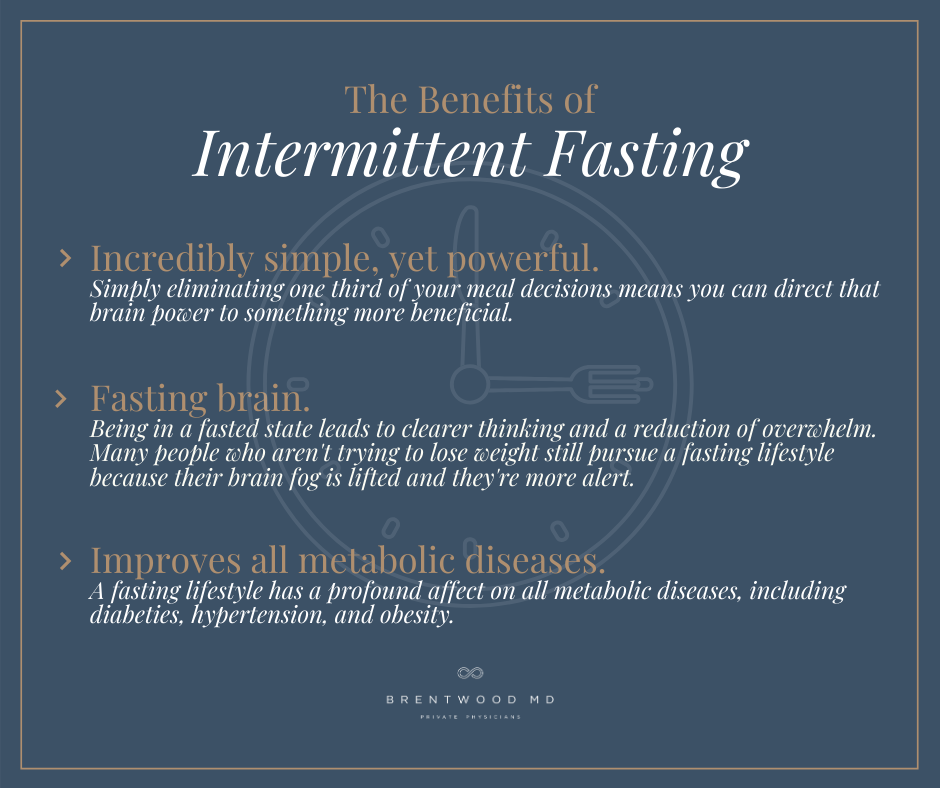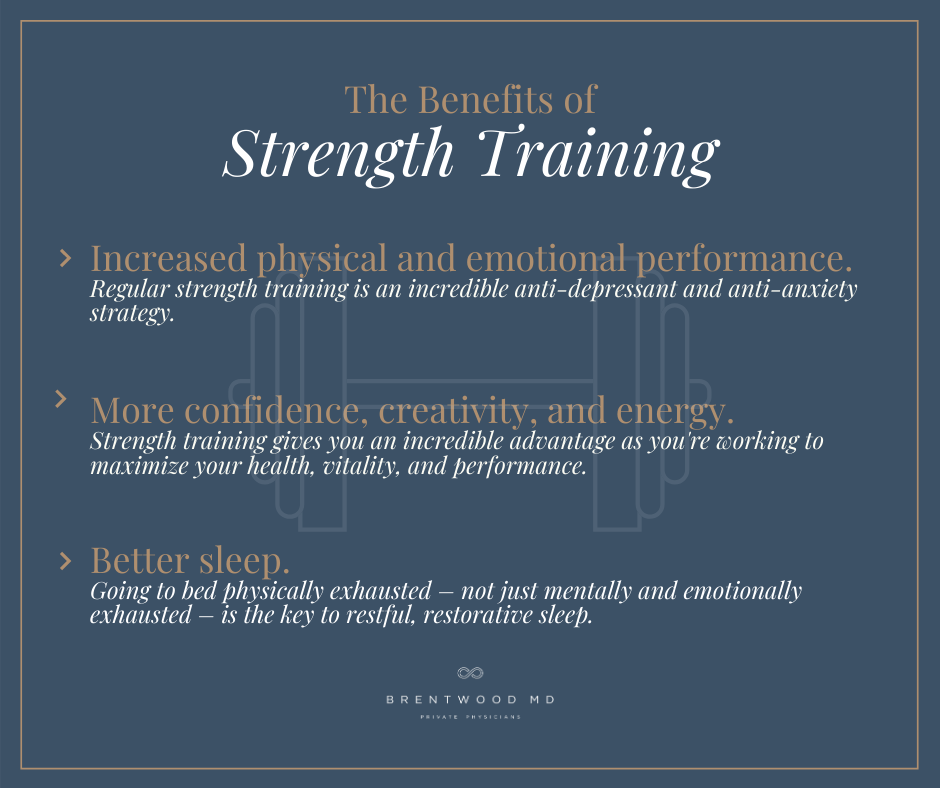The coronavirus hit us like a suckerpunch. Now, after nearly three months of lockdowns, quarantines, and social distancing, we’re finally starting to emerge and capture bits and pieces of “normal” life.
But the trauma we experienced throughout the coronavirus pandemic can’t be erased overnight. A year ago, or even six months ago, nobody could have predicted that an infectious disease would bring the global economy to a screeching halt and cause the deaths of more than 400,000 people worldwide.
How exactly do we begin the recovery process after such a profound trauma? Or, for that matter, any type of trauma?
After working in the ER for more than 10 years, I’ve come to believe that recovery from trauma hinges on the strategies we use to survive and thrive. Whether you’re reading this in the midst of the COVID-19 crisis or suffering a personally traumatic experience after the pandemic subsides, the tips I’m about to share will prove timely and timeless.
Every traumatic event, big or small, triggers an unexpected shift in life. In the initial stages of trauma, survival is the sole priority. After a few weeks or months, the need for survival evolves into the quest for recovery.
With the help of my trusted nurse practitioner, Jennifer Justus, I’ve identified three core strategies that support successful recovery from trauma – like quarantining in the solitude of your house for 90 days!
Strategy #1: Stress Management
Stress is a unique concept because it’s so poorly understood. Most of us assume that taking control of our stress requires eliminating stress altogether, but that’s not the case. We actually need a certain amount of stress to survive, perform, and succeed.
Any kind of challenge to your center of balance triggers stress. Some of this imbalance, such as the rush of receiving a promotion or having a baby, is positive stress. It sends you off-balance in an exciting way that boosts adrenaline and energy. On the other hand, when a challenge to your homeostasis threatens to cause trouble or damage, negative stress surges.
The most successful people out there understand how to manage the stress they experience, rather than trying to squash it all together. They know their limits and how to transform their stress into something productive.
“Stress management to me is an acquired skill,” Jen acutely observes. “You have to constantly work on it.” Indeed, stress management is like a muscle that has to be flexed and strengthened continually.
Many different techniques can be used to take control of your stress, understand it, and harness it for success. But first, before anything else, you must choose your priority. You only have a finite amount of time and energy to devote each day. By identifying your North Star, your most important priority, you can reduce the burden of unnecessary stressors and achieve forward progress on what really matters.
So the question is, how can you identify your true priority? Use this simple yet powerful four-step process.
Audit Your Life For Friction
You’ve heard this advice before, but perhaps using different language. Self-help books encourage readers to find “things you don’t like” or “areas in which you underperform”. I use the term friction because it’s visceral. You can feel the friction in your life and identify its exact cause.
In most cases, friction develops when you lack clarity on a priority. Dig deeper into that source of friction and ask yourself: Is it real? Is it true? Does it matter? If yes, then is it a critical issue?
This type of honest investigation into your own mind may reveal that some of your biggest stressors are actually not real or not true. Perhaps they’re worries of events that may never occur or luxuries that can be put on the back burner. Imagine you’re trimming a tree, and each illegitimate source of stress is another tree branch that you trim away to clear your mind.
Once the trimming and pruning are done, you’re left with your legitimate priorities and sources of stress, the ones that deserve your time, attention, and resources.
Innovate, Eliminate, or Delegate
Now it’s time to develop a plan for each critical priority in your life. You can either delegate them to someone else, eliminate them altogether, or innovate your strategies to address them.
For example, learning how to work from home became an enormous priority for many American workers during the coronavirus shutdown. Most businesses chose to innovate with videoconferencing and other technologies to keep the wheels turning even from a distance.
Test Your New Strategy
Success occurs not just because of the implementation, but also because of the follow-up. It’s essential to test your new strategies for efficiency. How did your choice to eliminate, delegate, or innovate impact your critical priorities and sense of stress?
Re-Audit
Finally, re-audit for sources of friction in your life and note how they have (or haven’t) changed. If something is still causing friction, perhaps you need to dig deeper into the best solution. This process allows you to continue to protect your valuable stores of energy and maintain stress levels for optimal peak performance, minimal overwhelm, and more space to recapture creativity, playfulness, and joy.
Strategy #2: Fasting
Of all the content we have created on the Brentwood MD website, nothing compares to the amount of positive feedback we receive from our blogs and podcasts about intermittent fasting.
At its core, intermittent fasting creates an environment where the body allows you to get rid of fat. But for people who adopt fasting into their daily lives, it’s more than that: it’s freeing, liberating, and empowering.
Best of all, intermittent fasting is one of the easiest ways to recover from quarantine, especially if you’ve gained weight while stuck inside for weeks at a time, only a few steps away from your pantry, fridge, and freezer. This pandemic replaced the Freshman 20 with the COVID 19, but weight loss is difficult, especially when gyms are closed and life feels so off-balance.
Intermittent Fasting Improves Physiology and Psychology
Intermittent fasting simply reduces the number of hours each day that you spend eating. Rather than spreading your meals and snacks from 8:00 a.m to 10:00 p.m, you fast for 12, 14, or 16 hours and eat in the remaining 12, 10, or 8-hour window.
For example, if you finish dinner at 7:00 p.m and go to sleep, intermittent fasting can be achieved simply by skipping breakfast and waiting until 11:00 a.m to eat your first meal.
By focusing not just on what you eat, but on when you eat, you can improve your body’s physiology and psychology simultaneously. Physiologically, fasting enhances your liver, muscles, insulin sensitivity, and fat mobilization. Psychologically, fasting reduces decision fatigue and boosts your sense of well being.
Perhaps you’ve tried (and tried… and tried…) to achieve weight loss using calorie counting. This method has been pushed on us for the past 40 years, but it has a fatal flaw: calories come from at least three different sources of nutrition, all of which trigger unique hormonal and psychological responses. Since we don’t simply burn calories out of one “bucket”, it’s not enough to count calories and hope for weight loss.
When it comes to health and weight loss, nutrition and diet account for 80% of success or frustration, depending on your situation. If you really want to jump-start your weight loss journey as you recover from quarantine or any other trauma, fasting is the way to go.
Start slow as you adjust to the behavior changes required by intermittent fasting. Achieve a minimum of 12 hours without eating, which is as simple as finishing dinner by 8:00 p.m and waiting until 8:00 a.m to eat breakfast. As you become more comfortable with 12 hours of fasting, push yourself to 14 hours and eventually 16 hours.
Committing to this 16/8 intermittent fasting pattern, 7 days a week, is one of the simplest and most impactful things you can do for your health anytime, but especially during your quarantine recovery.
Strategy #3: Strength Training
After intermittent fasting, strength training is your second secret weapon for optimal health. Just keep in mind that no amount of exercise will undo a bad diet. Improve your diet first with intermittent fasting, then turn your attention to strength training.
When you begin performing strength training 3 to 4 days a week in conjunction with fasting, you’ll experience exponential change. The combined effects of fasting and strength training force your body to dig into your most stubborn visceral fat, the fat that no amount of diet and exercise have ever been able to address, and burn it away.
But don’t confuse strength training with running on the treadmill. Treadmill exercises, also known as static steady-state cardio, are wildly inefficient. Not only do they destroy your hips, knees, and ankles, but they don’t tap into the strength and resistance elements that are essential to build lean muscle and burn fat.
Use these three strategies to revolutionize your workout routine:
- Fasted Workout: Exercise after at least 12 hours of fasting to tap into visceral fat for energy
- Volume at Fatigue: Use weights and intensity that fatigue your muscles, then perform multiple repetitions in a fatigued state to mobilize fat stores, break muscle down and trigger optimal hormonal responses
- Post Workout Recovery: Use the 30/30/30 strategy of 30 grams of protein and 30 grams of glucose (not fructose) within 30 minutes of exercise. This recovery strategy reloads your muscles with the energy they need to initiate the healing process and accelerate recovery. For example, 4 scrambled eggs and 1 sweet potato. This isn’t a meal – it’s a recovery tool.
Surviving and Thriving After Traumatic Events
I could talk for hours about the benefits of stress management, fasting, and strength training, but my core message is something that’s forever valuable: how to survive, recover, and thrive after a traumatic event.
We’re humans, which means we’re always at risk of our world being turned upside down in an instant. And though we can’t control global pandemics or job loss or the death of a loved one, we can control how we absorb the negative impacts of trauma and respond. Having a step-by-step plan to deploy in the face of trauma will never not be useful.
As you learn to manage your stress, optimize your eating habits, and intensify your physical activity, you put yourself in a position to actively pursue an optimal version of yourself. We don’t just want to survive. Ants survive. Rats survive. We’re human beings, so we want to thrive.
With strong psychology, sound diet, and strategic strength training, life can throw a curveball at you, and you’ll be prepared to respond successfully. Life will never be problem free, you just need the tool belt to navigate those challenges.

Dr. Aaron Wenzel is a concierge physician specializing in the care of fast-moving entrepreneurs, executives, and public figures in the Nashville, TN area. Dr. Wenzel’s diverse life experience and extensive training in family medicine, emergency care, nutrition, and hormone replacement therapies give him the unique platform to provide unmatched care for his patients.









